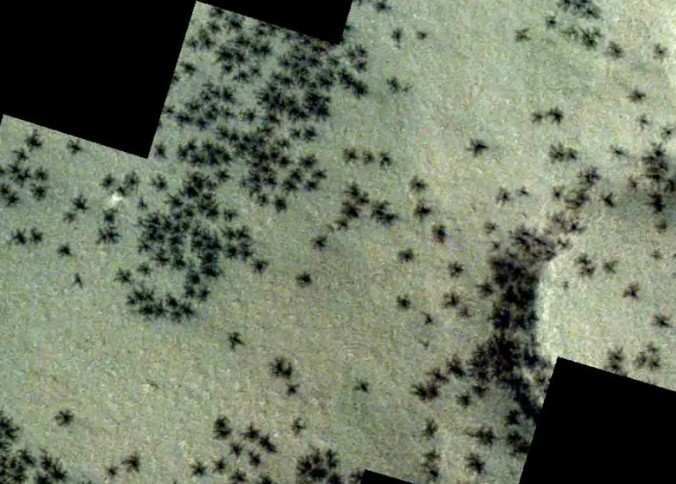NASA scientists They found Snow deposits Near the North Pole the moon with 600 million metric tons of water.
He NASA Mini-SARA lightweight synthetic aperture radar, detected more than 40 small pits Water with ice. The size of the pits is in between 2 and 15 kilometers in diameter.
Radar traveled on board Chandrayaan-1 spacecraft India's.
Experts estimate that there may be a minimum 600 million metric tons of water ice.
The mini-SAR captured images of several permanent shadow regions at both poles of the Moon.
“These dark regions are very cold and are hypothesized to contain large amounts of volatile material, including water ice. The main scientific objective of the mini-SAR experiment is to Map and classify existing depositsNASA said in a statement.
“Images from multiple measurements and data from instruments on lunar missions indicate that formation, migration, deposition and retention of water occur on the Moon,” he said. Paul SpootiesChandran and principal investigator of the mini-SAR experiment at the Houston Planetary Institute.
“New Discoveries of the Moon A Scientific, research and operational goal “It's much more interesting and fascinating than people thought before,” he added.
“After analyzing the data, our science team determined a strong indication of water ice, A discovery that provides a new target for further exploration and exploitation for future work“, he pointed out Jason CrewsonMini-RF Program Manager at NASA's Space Operations Mission Directorate in Washington.
The mini-SAR findings were published in the journal Geophysical Research Letters.
According to a statement from the US government agency responsible for the civilian space program, “the results are consistent with recent findings from other NASA instruments and add to the growing scientific understanding of the many types of water found on the Moon.”
“The agency's Moon Mineralogy Mapper detected water molecules in the moon's polar regions, while NASA's Lunar Crater Detection and Observation Satellite, or LCROSS, detected water vapor,” the report concludes.

:quality(85)/cloudfront-us-east-1.images.arcpublishing.com/infobae/JPBT4WJM6FDDVOZN7CO5FF6IDQ.jpg)
:quality(85)/cloudfront-us-east-1.images.arcpublishing.com/infobae/MNC54VXNEZFZRNQPRR5NB7S774.jpg)

:quality(85)/cloudfront-us-east-1.images.arcpublishing.com/infobae/SMPW7M5BQFERBOQUPJXKCOKARY.jpg)
:quality(85)/cloudfront-us-east-1.images.arcpublishing.com/infobae/NP5NEZXMZFGNLBHNEQJHPJVMKM.jpg)